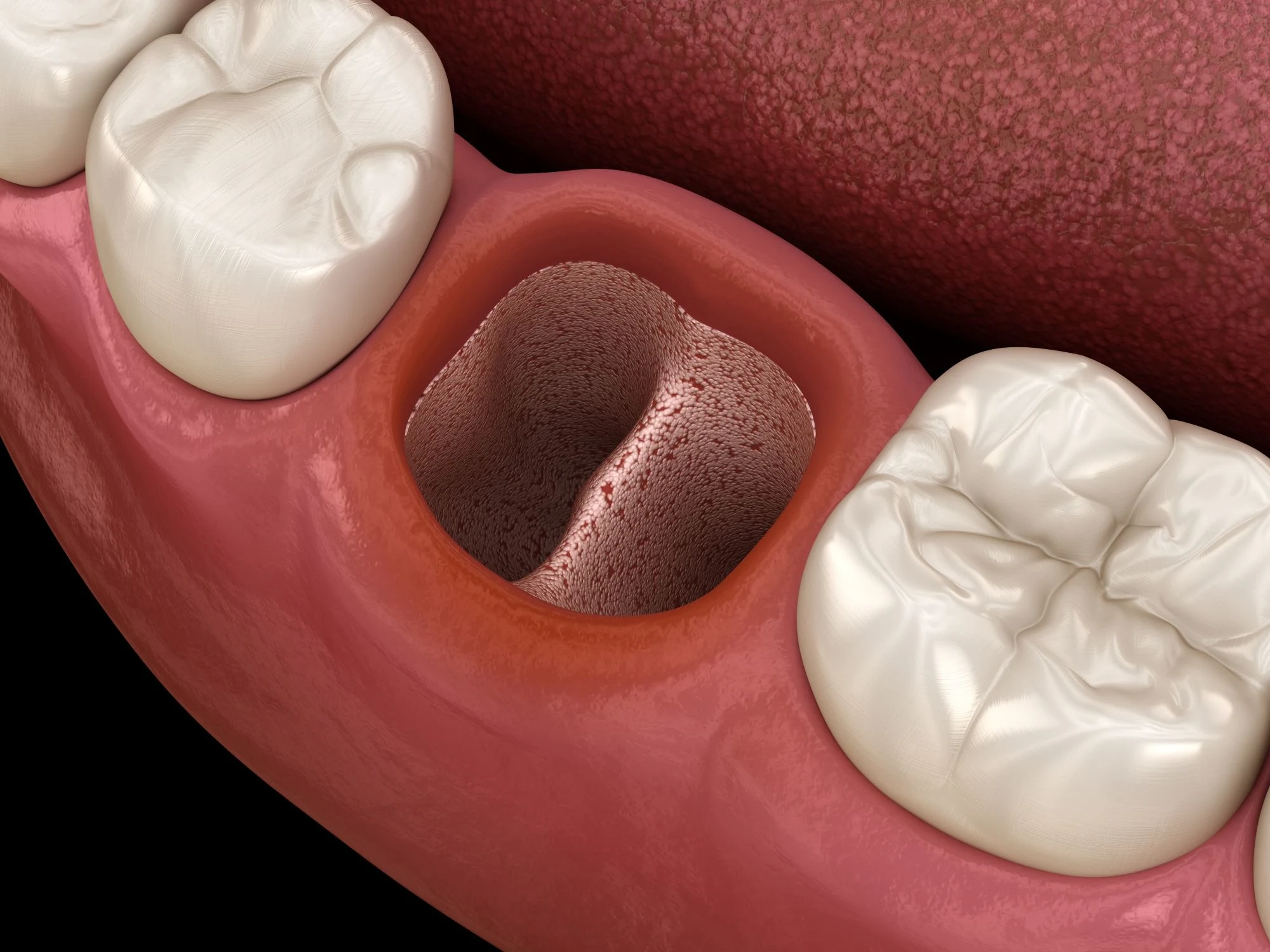
What is Dry Socket? – Symptoms, Treatment & Causes

This blog has been reviewed and approved by Dr. Monika Negi, a qualified Oral and Maxillofacial Pathologist with 5+ years of experience.
Table of Contents
Key Takeaways
- Dry socket is potential complication after a tooth extraction that occurs when the blood clot that normally forms after a tooth extraction either fails to form, dislodges, or dissolves prematurely, exposing the underlying bone and nerves and leading to pain and potential infection.
- Certain things can lead to an increased risk of dry socket, including smoking, poor oral hygiene, trauma during extraction, or not following post-extraction care instructions.
- Symptoms of dry socket can include moderate to severe pain, swelling and inflammation, bad breath or bad taste in your mouth, or an empty socket with a dislodged blood clot or visible bone in the socket
- To treat dry socket, you’ll need to go back to your dentist, which will often involve cleaning the socket and placing a medicated dressing. They may prescribe a pain reliever and an antibiotic. In some cases, they may also use low-level laser therapy (LLLT) to reduce the pain and inflammation and help heal.
- The best way to prevent dry socket is to follow your dentist’s instructions after a tooth extraction. Instructions often include avoiding strenuous activities, refraining from smoking, maintaining a good oral hygiene routine, and eating only soft foods until the extraction wound has healed.